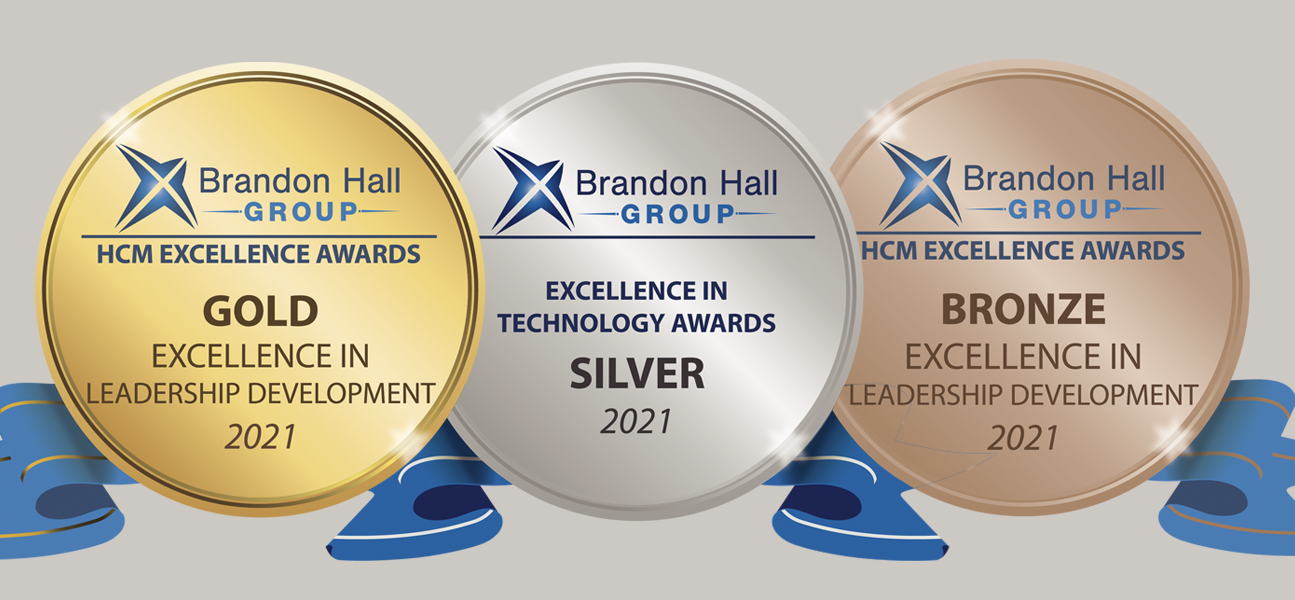Jørgen Vig Knudstorp, who rose from Director of Strategy to CEO of Lego in under three years, does not shy away from a challenge. The legendary toy company was looking at ten years of sluggish sales and underwhelming product launches, and analysts were predicting that old-fashioned construction toys would never appeal to a new generation raised on iPads, YouTube and videogames.
“When I became CEO in 2004, Lego was in the middle of a serious crisis,” Knudstorp recalls. “Had the company not been owned by a wealthy private family, it would have been technically insolvent.”
Today, Lego is very much back in the game. In 2010, the company topped $1 billion in U.S. sales for the first time, and 2012 was reported to be their biggest year yet in terms of revenue. In January 2014, “The Lego Movie” pulled in $69 million in its opening weekend, ultimately grossing over $460 million worldwide. This fall, Lego opened a New York City flagship store at 200 Fifth Avenue, boosting their visibility and solidifying their commitment to win young hearts and minds. If the crowds at this store are any indication, Lego had decisively quieted all doubters.
Knudstorp considers this a classic turn-around story in which tight fiscal control and painful restructuring accomplished the seemingly impossible. It is the type of work he trained for while leading McKinsey’s Paris office. But when asked to elaborate on what differentiates his approach to leadership, Knudstorp emphasizes the second phase of Lego’s recovery—a period of discovering the power of paradoxical thinking.
“We walked around the organization and asked people, ‘What did it mean to work at Lego?’” Knudstorp says. “What’s our unique proposition for employees, for our retail customers, families, and kids? What are the values that we really like?”
The immediate goal of these conversations was to get everyone on the management team and in the broader organization to be very clear on why Lego existed—and had survived for so long. The long-term goal was achieving growth by reorienting his executive team away from a focus on growth. Knudstorp believes growth would happen naturally if company leadership stuck to its core paradoxical principle: That the best play involves learning, that creativity requires structure, and that it’s only rational to take emotions into account. One leads both above and below the line.
Just as there’s no one right way to build a Lego set, Knudstorp decided to take an approach that was less regimented than some of his predecessors. He would evaluate ideas from many angles to make the best decisions.
His reason? “There’s no single answer to anything anymore.”
Knudstorp applies his paradoxical mindset to internal management also. One of his favorite mantras, “Take charge and let go,” epitomizes this approach. After the company’s manage-for-profit period, he released the reins of power, and flattened the organization by expanding Lego’s leadership team from six people to twenty-two.
“Success can result in a singular culture,” Knudstorp recalls. “You become arrogant, and think you know the one answer to everything. That’s really dangerous. You can become a bureaucratic monster where there’s little receptiveness to change, no anticipation, and thinking that is too inward.”
Openness to multiple hypotheses was a factor in Knudstorp’s decision to spend ample company resources on anthropological research around the globe. Lego Creative Director Søren Holm likes to say that this dedicated discovery process may be what ultimately saved the company. “We asked an 11-year-old German boy, ‘what is your favorite possession?’ And he pointed to his shoes. When we asked him why these were so important to him, he showed us how they were worn on the side and bottom.” The boy explained that the sneakers’ wear-and-tear showed that he had mastered a difficult skateboarding trick, one that had taken him “hours and hours to perfect.”
For the design team, the big takeaway was that Lego sets (which some felt had become “too easy” to assemble) should always contain some challenge. To Lego leadership, the story illustrated another useful paradox: Instant gratification isn’t always gratifying. We often prefer to be stretched beyond our comfort zones—if in doing so we can demonstrate mastery.
Knudstorp draws on this insight to arrive at a sustainable balance between forging a strategic vision and letting his team lead execution.
“If you asked any of the people in my leadership team, they would tell you that they have incredible autonomy in their jobs,” Knudstorp says. He also gives senior leadership many opportunities to display their acumen in high-stakes settings. “They regularly get in front of the Chairman, or in front of the family owners, to demonstrate what they’re able to do.”
Knudstorp contends that it would be arrogant to imagine that he was the only creative thinker at Lego. Instead, “the way I manage my team is like an orchestra conductor. There’s a bunch of virtuosos and high-performing individuals in the orchestra. I will never tell them how to play the violin. But I will tell them if they’re not playing the same score as the rest of the orchestra.”
Fitting, perhaps, that the Lego name comes from the Danish words for “play well.” For Knudstorp, it’s both higher calling and sound bottom-line strategy.
Jorgen Vig Knudstorp’s Leadership Journey Lessons:
Long-term growth is best achieved by getting the rest of the business right – focusing on growth itself does not work.
There is no single answer to anything anymore – the more ideas evaluated the better.
The leader’s role is to coordinate the diverse talent of the organization, not try to be that talent – the leader should be the conductor not the virtuoso.





